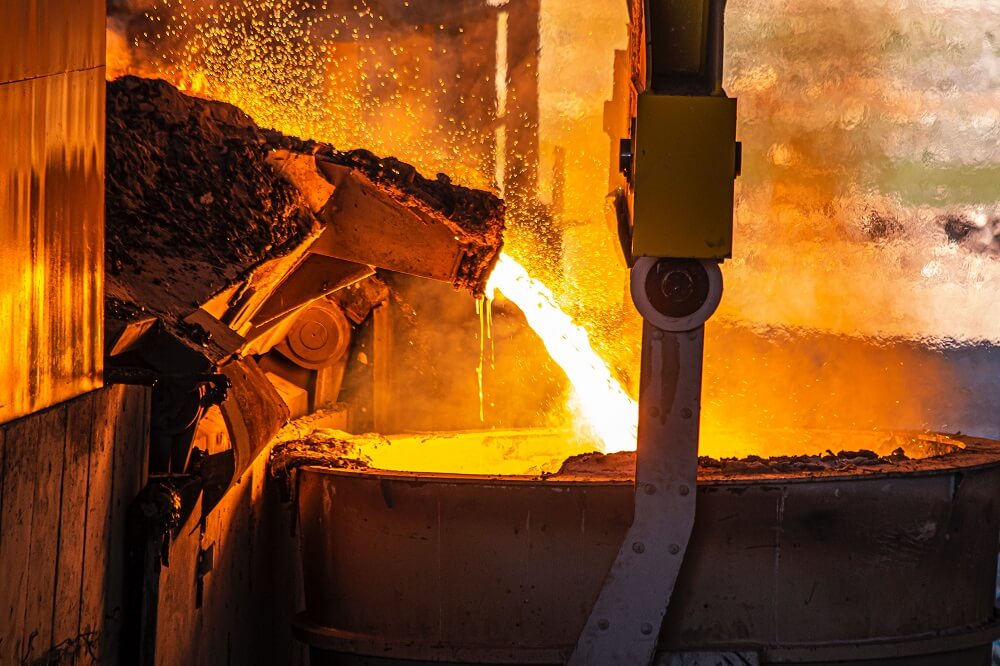
Enhance the Refractory’s Performance by Using the Proper Dry Out Procedure
After refractory installation, a refractory drying out process is required before operations can initiate. This is because, once all of the other refractory processes have been implemented, moisture is likely to accumulate. As a result, understanding how a refractory company handles the dry-out process is critical for a successful refractory.
What Exactly Is The Refractory Dry-Out Process?
Refractory dry out is the process of removing mechanical and chemical water from the refractory lining, also known as bake out.
Mechanical water:
The amount of water added to the mixture during the mixing process.
Chemical water: The amount of water present during the manufacturing of refractory materials.
During the initial start-up, the drying is essentially done within a boiler. Due to the heat, the mechanical water turns into steam and escapes through the refractory-lined walls. The upper hold points remove the chemical water, allowing it to form a final bond with the refractory for maximum strength.
How Does The Refractory Dry-Out Process Work?
This procedure is necessary to avoid any damage to the refractory linings. Further, note that either before the operations begin or after refractory repairs, the refractory application has been dried out. For the refractory installation, one must know the steps necessary for a successful drying process.
Check With Your Refractory Supplier For A Drying-Out Schedule:
Before you start planning for construction or refractory repairs, you should consult with a reputable refractory material manufacturer. Mostly because they have a thorough understanding of the refractory products in use as well as practical experience with them. As a result, based on the refractory material’s lining permeability, density, and thickness, they can assist in determining the appropriate dry-out schedule.
Thermal Profiles Of Refractory Lining:
Refractory systems aren’t immune to excessive heat. Furthermore, extreme temperature fluctuations can have a significant impact on refractory applications. To reduce the risk of a rapid temperature rise, it is critical to understand the exact thermal profile of the refractory material. This is due to the low permeability of the refractory bricks. As a result, sufficient time is required to force the water content out of the lining without jeopardizing the performance of the refractory material.
Kinds Of Refractory Linings:
To create a refractory lining that meets a plant’s needs, refractory installers typically combine different compositions. As a result, the drying out process will be influenced by variable properties indefinitely. This includes the refractory material’s quality or thickness, both of which can influence the refractory product’s water fluctuation and thermal profile. Therefore, for a successful refractory application, the dry-out procedure depends heavily on the diversity of refractory materials.
Planning The Process of Refractory Dry-Out Accordingly:
For a seamless refractory installation all the parties concerned, including the refractory designer, supplier, refractory installer, and plant manager, should work together. Cooperation is essential to establish an accurate drying schedule for high-performance operations However, also ensures that the total costs and efforts of refractory installation are optimized by hiring a refractory company fitted for the refractory application.
Conclusion:
The drying out of a refractory installation is a challenging task. As a result, you’ll need professional assistance from a refractory company in India to get the most out of your refractory lining. Finally, MPR Refractories Ltd. is prepared to handle your projects with our refractory dry-out services, ensuring that all necessary procedures are followed.